Art Without Intention
Whether or not A.I. outputs are "art," will anyone care about works made without care?
It’s been nearly two years since ChatGPT was released, and more than two years of predictions that AI will soon replace human artists. AI programs produce text and images far faster and cheaper. AI is already ravaging academia and being forced on us everywhere from Google search to Amazon shopping. It can’t be long until we’re all reading AI-generated novels and hanging AI-generated art on the wall. Right? But then… in the past two years how many AI-generated books have you bought and read? Chances are the answer is none. Maybe you’ve played around with an AI program and found amusement or annoyance. Maybe you believe LLMs are sentient entities with godlike powers that will soon rule us in a cyberpunk dystopia and/or hopepunk singularity. But you probably aren’t seeking out AI novels to buy.
This is somewhat shocking. Many predicted AI books and images would be filling up bookstores and galleries by now. NFT art quickly earned billions. What’s the hold up with AI? It isn’t because companies aren’t trying. Last year’s I AM CODE received the kind of marketing and publicity that most authors would wage a Butlerian Jihad to have. It was covered in every major newspaper, snagged Werner Herzog for the audiobook, and came stamped with a JJ Abrams blurb. Few readers cared. (Yes, I’ve BookScanned.) The same fate has befallen other hyped AI works. Despite the endless billions spent to code, train, and market these products no one seems to value the outputs as “art.” Why not?
One answer might lie in Ted Chiang’s much-discussed New Yorker article “Why A.I. Isn’t Going to Make Art”:
Art is notoriously hard to define, and so are the differences between good art and bad art. But let me offer a generalization: art is something that results from making a lot of choices. This might be easiest to explain if we use fiction writing as an example. When you are writing fiction, you are—consciously or unconsciously—making a choice about almost every word you type; to oversimplify, we can imagine that a ten-thousand-word short story requires something on the order of ten thousand choices. When you give a generative-A.I. program a prompt, you are making very few choices; if you supply a hundred-word prompt, you have made on the order of a hundred choices.
I’ve seen some smart (and some dumb) critiques of Chiang’s loose definition of art as a series of choices. While it might not hold up in a critical theory class, it gets at something fundamental about how most people think of art. A kaleidoscope makes complex images and Mad Libs are in a sense prose poetry, but who would say that spinning a kaleidoscope or playing Mad Libs is making art? The spinner and player are not making many choices, and the choices they do make lack intention by design. The more choices someone makes in a work’s creation, the more likely it is to be viewed as making art. That said, I find the question of what is or isn’t “art” somewhat pointless. Everyone has their own definition, and really multiple definitions that they conflate higgledy-piggledy in these conversations. And many people on the internet heard something about Duchamp putting a urinal in an art show once, so now isn’t every single thing art? Maybe. Sure. Why not?
I might pivot the question to ask what makes an artist? An artist, to me, is indeed someone who makes the choices to enact a certain vision. Even Surrealists and others who incorporate chaos, dreams, and randomness into their artistic process do so as part of a larger project that is full of choice and intention. Is an AI output art? Maybe or maybe not. But if it is, surely the prompter isn’t the artist. They aren’t the one making the choices.
GenAI might be new technology, but “prompting” a work of art is as old as time. An aristocrat commissions a portrait, a production company hires a musician to write a theme song, a magazine editor sends out a cover image assignment to an illustrator, a teen asks their artsy friend to draw Super Mario smoking weed, or an editor sends out a submission call with for a themed anthology. Plenty of art both high and low has been made with prompts. The only thing new is the claim that the prompter—the person who didn’t actually make the thing—is somehow the artist.
A problem in any discussion of “AI” is that the uses are so varied that it is never clear what anyone is talking about. Using AI to spellcheck is different than using it to generate the entire work, with a whole range in-between. At what point does it go from a tool that assists an artist to the thing producing the art? There will not be a clean line. There never is in art. What is the line between rip-off and inspiration? What’s the acceptable amount of tracing in an original illustration? When does pastiche become plagiarism? How many plot beats can your movie borrow before you have to settle out of court? There’s no easy answer. Still, I think a good rule of thumb here is to ask what we would think if AI’s role in a given work was replaced with a human. Someone spitballed some character names with you? That’s still your book. Someone else wrote the chapters? You didn’t write that book.
Pushing aside questions of ethics and environmental costs, it is obvious there are ways to use AI in creating art including using some of the output directly. Quite a few novels have been released that openly used AI to help generate dialogue for AI characters. That makes plenty of sense. Many others will surely use AI spellchecking and the like. But the dream of AI art isn’t to provide a slightly better spell and grammar check. Nor is it to collaborate with AI in a process as choice, time, and labor intensive as writing a novel or painting a painting without AI. The dream, for those with such dreams, is for AI to do a bunch of the work so you don’t have to. The dream is to write less yet be credited for having written more.
The only way AI can work for a writer in this way is if the writer makes fewer artistic choices. If they put less intention, and less of themselves, into the work. Of course, “choices” and “intention” lose meaning when AI is involved. AI does not have intention. When AI generates a metaphor for how it feels to jump in a pool on the first day of summer, it isn’t drawing on experience or trying to communicate any specific emotion. And it is not deciding that this specific metaphor will emphasize the larger themes of the novel or deepen our understanding of the specific character. It produces automatically, without intention. And here, I think, is why so few people have been interested in buying AI-generated work despite all the hype. What is art without intention? Art without a vision behind it? It’s art that has nothing to say being sold by someone who doesn’t care.
Of course, there are artists who are open about not caring about their work. Take this excerpt of a Verge article on self-publishing authors who use AI that went viral early this year:
This is a good illustration of what Chiang was getting at, I think. Here, the artist is openly outsourcing their choices. It’s a strange mindset for many I’d imagine. Why write about paranormal fish hospitals if you don’t find them worth thinking about for even a measly 10 minutes? But mostly this is an author admitting they don’t have a vision or anything they wish to communicate. They want to put a product on sale in as little time as possible. The individual parts are irrelevant. For an artist who cares about their work, the first 20 minutes of a film, the dialogue in a novel, the upper half of a canvas…. these are all parts of a whole. They aren’t filler. They’re opportunities. A description of a setting isn’t just something to get through or even merely a space to create evocative images. It’s also a place to reenforce themes, add atmosphere, deepen character, and so on.
Anyone can come up with ideas. And almost anyone can vomit up a rough draft. The hardest and most time-consuming part of writing is shaping, honing, and refining the material into a coherent work. This requires going making choices both small and large at every point. You are shaping the text to your vision, and realizing your vision through shaping the text. It’s not a process you can outsource if you care about the work. And if you don’t care about your work, why would I care to read it?
I think most people feel the same way, which is why they avoid and mostly will continue to avoid openly AI-authored works “made” by others. (I expect AI to be more popular for individual use, like a parent making a custom bedtime story for their child. But I don’t expect that same parent to go to spend a lot of money buying other peoples’ prompted books.) Some authors will of course use AI without admitting it. They may trick some readers. Maybe someone will even trick their way onto the bestseller list. We’ve always had plagiarists, frauds, ghostwriters, art forgers, lip-synching singers, and plain old lazy hacks.
At the end of the essay, Chiang says:
The task that generative A.I. has been most successful at is lowering our expectations, both of the things we read and of ourselves when we write anything for others to read. It is a fundamentally dehumanizing technology because it treats us as less than what we are: creators and apprehenders of meaning. It reduces the amount of intention in the world.
AI does lower the intention of the world. It will replace much of the text and images people don’t really care about, including the ones that many artists made to pay the bills in order to free up their time to work on the art they actually cared about. AI will have bad effects. But it makes me wonder if the question isn’t whether AI is or isn’t art, but how will AI change what we value in art?
AI boosters like to bring up the invention of the camera and how some initially argued it wasn’t an art form like painting. That history is a bit more complex, but either way photography did not replace painting. It changed painting. Photorealistic paintings stopped being as interesting and individual expression and style became more valued. In some ways, photography freed painting.
So, let me try to end on a hopeful note. As AI fills the world with text and images that lack intention, perhaps we will look for art that is radical in its intentions. Perhaps we will value the artists who are the most conscious in their choices. AI can vomit up endless intention-free text and images. Quantity is its game. Quality, intention, choice, vision—that has to be ours.
If you like this newsletter, consider subscribing or checking out my recent science fiction novel The Body Scout that The New York Times called “Timeless and original…a wild ride, sad and funny, surreal and intelligent.”
Other works I’ve written or co-edited include Upright Beasts (my story collection), Tiny Nightmares (an anthology of horror fiction), and Tiny Crimes (an anthology of crime fiction).


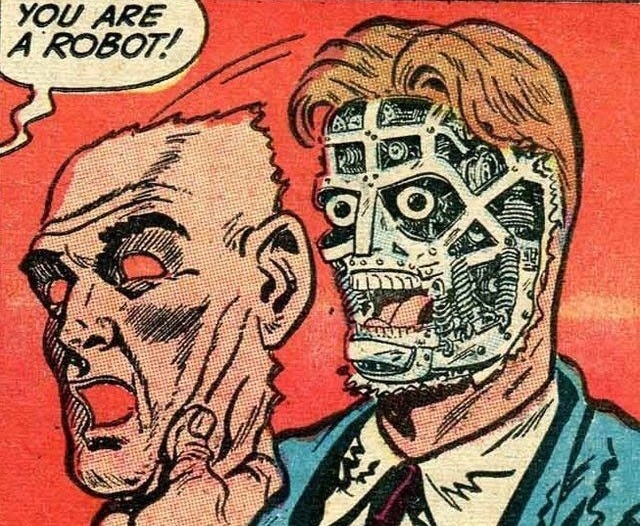
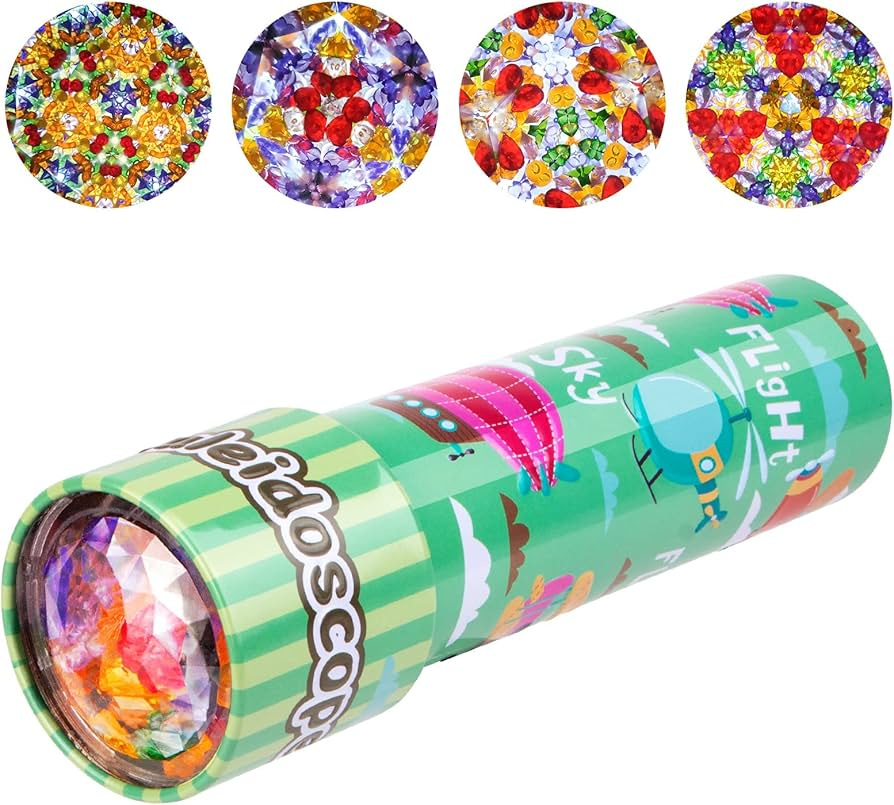


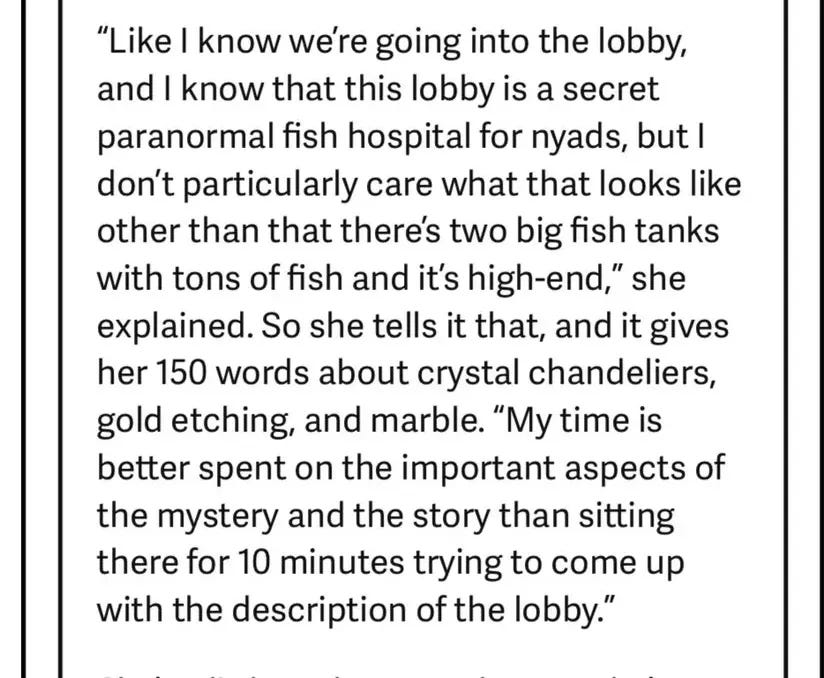
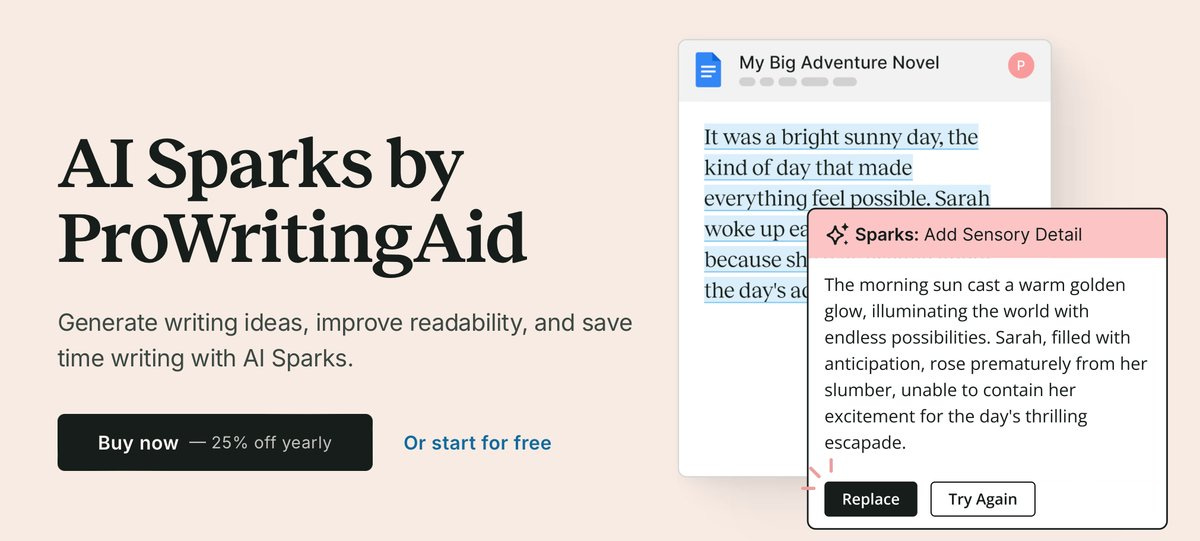

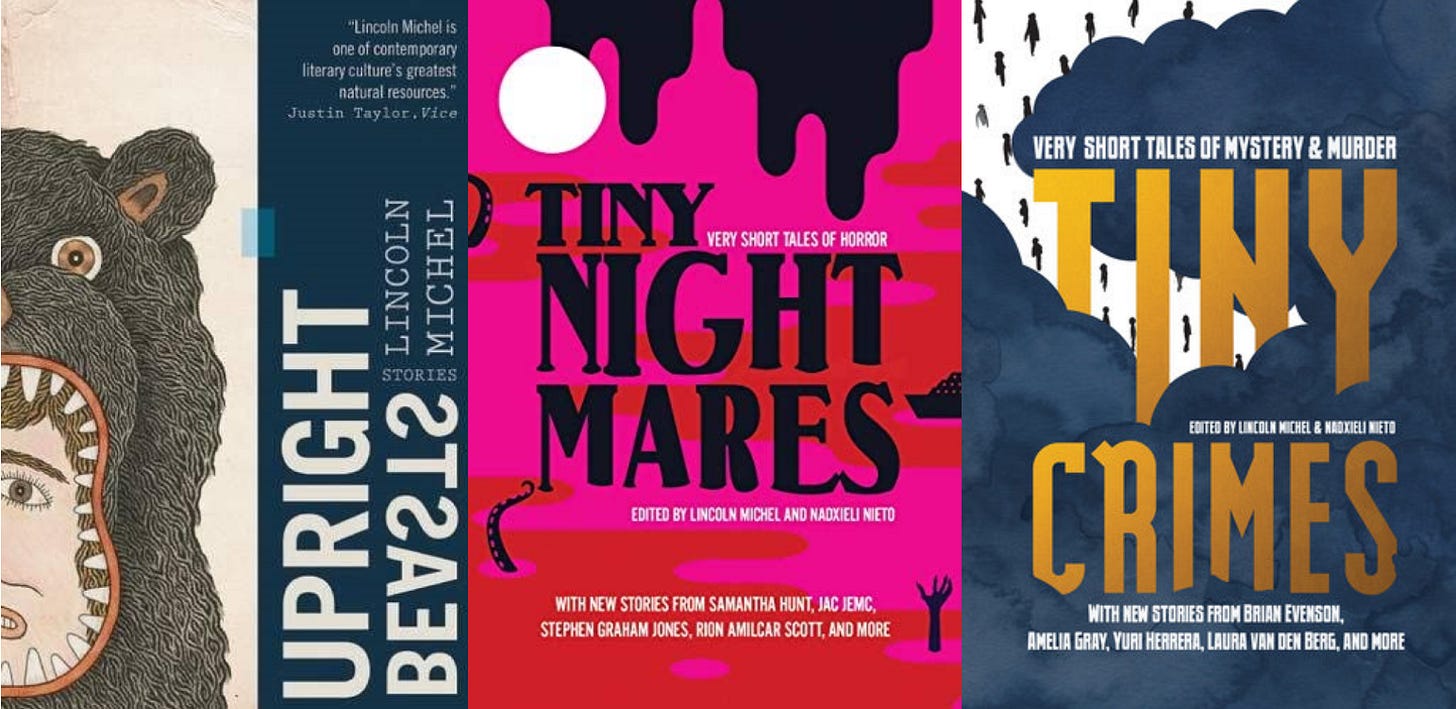
AI can only aggregate and repeat. It can't surprise or invent. Of course most writers can't do this either, so who knows? : )
I really cant understand why some people come and defend ai. Its a tool and thats it, it has no merit. Right now there are thousands of bad movies that people never leased in blockbuster. We surf for hours through movies in netflix until we find something we want to see. If we do this with human work that as Lincoln says has been done with intention word by word, why would I care to sit through an hour of randomized text or video?
And if thats your thing thats great! Theres new tools to create more random video and outputs like a stumbleupon blender. But If I may mention something, you can even do a reverse image search and find the great work that is based in, like that space opera thats just a ripoff from klimt.